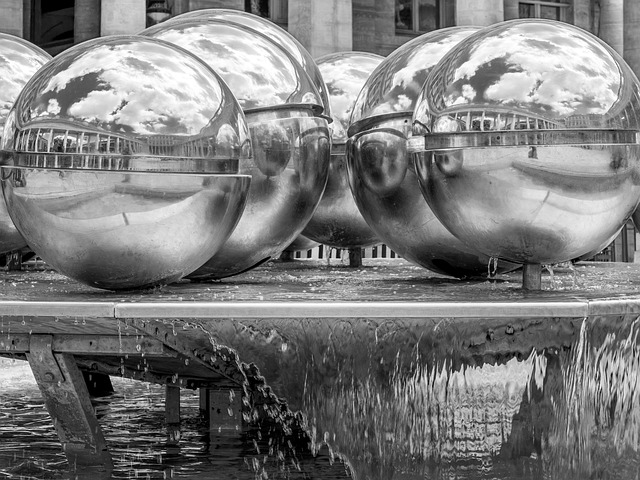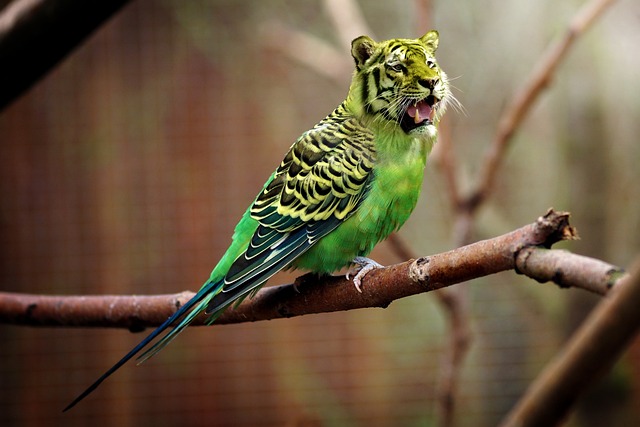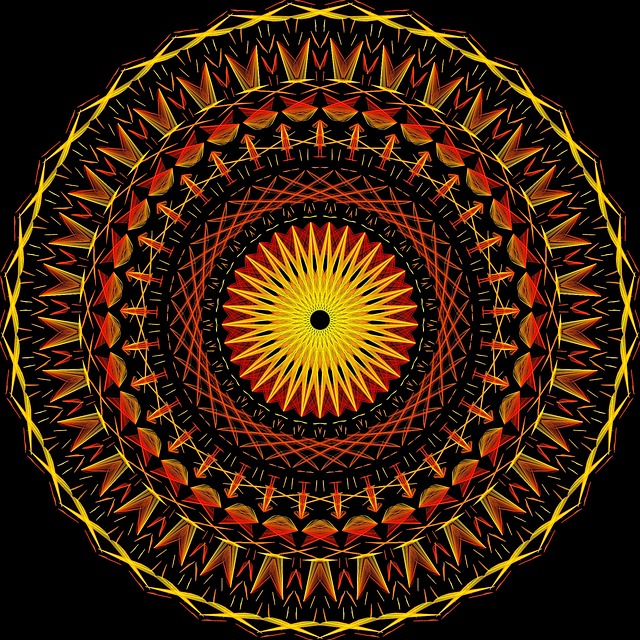The contemporary art world has long celebrated static forms, but the latest trend turns the focus toward kinetic and participatory experiences. This article explores an innovative art installation that blurs the line between viewer and artwork, inviting every visitor to become a living component of a fluid visual narrative. By integrating light, sound, motion sensors, and responsive projection, the installation transforms a quiet gallery space into a dynamic environment that changes with each interaction. The result is a compelling reminder that art is not only to be observed, but to be lived.
Conceptual Foundations
At its core, the installation draws from several artistic traditions—performance art, interactive media, and kinetic sculpture. The idea emerged from a desire to capture the impermanence of movement in a medium that is traditionally static. Influences range from the rhythmic motions of dancers to the fleeting patterns of light on water. By treating movement as both subject and medium, the artist redefines the role of the audience from passive observer to active collaborator.
- Movement as narrative: each gesture contributes to an evolving storyline.
- Light as language: shifting hues convey emotional shifts.
- Sound as texture: ambient audio layers enhance spatial perception.
Visual and Spatial Design
The installation occupies a rectangular chamber lined with mirrored walls, allowing reflections to multiply and distort. At the center, a low‑profile platform houses an array of pressure pads and infrared sensors. Visitors step onto the platform, and the sensors trigger a cascade of projected images that ripple across the walls. The mirrors amplify the effect, creating the illusion of an infinite, ever‑expanding space. The design balances geometric precision with organic fluidity, ensuring that the visuals feel both intentional and spontaneous.
“When you step into the room, you’re not just entering a gallery; you’re stepping into a living canvas,” the artist explains.
Interactive Elements
Interaction lies at the heart of the art installation. Each physical gesture—whether a simple tap, a slow walk, or a rapid spin—activates different algorithms that transform visual patterns in real time. The installation incorporates haptic feedback through subtle vibrations in the platform, allowing visitors to feel the rhythm of the artwork. Additionally, the surrounding walls play gentle acoustic tones that respond to the frequency and intensity of movement, creating a multi‑sensory dialogue.
- Pressure sensors translate weight into pulse rates.
- Infrared cameras track limb motion for gesture mapping.
- Sound modules adjust tempo based on audience density.
Audience Experience
For participants, the experience begins with curiosity and evolves into a meditative state of embodied awareness. As visitors move, they observe their own shadows merging with projected imagery, seeing themselves as part of a larger visual ecosystem. Many report feeling a heightened sense of presence; the installation encourages them to slow down, listen, and notice the subtle interplay between personal motion and collective resonance. In this way, the art installation becomes a mirror for introspection, reflecting not just bodies but emotions.
Technical Implementation
Bringing the installation to life required a multidisciplinary team of engineers, designers, and software developers. The core technology stack includes motion‑capture algorithms, real‑time graphics rendering engines, and a low‑latency network that synchronizes audio and visual outputs. Each component was meticulously calibrated to maintain smooth performance and to prevent latency that could break immersion.
- Motion Capture: Depth cameras record 3D coordinates of visitors.
- Graphics Engine: A custom shader pipeline translates motion data into fluid visuals.
- Audio Engine: Dynamic synthesis responds to motion metrics.
- Control System: A centralized server coordinates sensor input, rendering, and sound output.
Cultural Context
In the current cultural landscape, art increasingly addresses themes of connectivity and shared experience. This installation resonates with contemporary discussions about how technology mediates human interaction. By requiring physical presence to generate art, it challenges the prevailing trend of digital consumption and invites a return to embodied participation. Furthermore, the work aligns with environmental sustainability efforts; all sensors and displays are low‑power, and the artwork can be reconfigured with minimal waste.
Reflection on Modern Culture
Modern society often feels fragmented, with individuals scrolling through curated feeds rather than engaging with one another. The art installation offers a tangible counterpoint, encouraging viewers to move together, to create a shared narrative. It underscores the idea that art is most powerful when it demands collaboration and responsiveness. By making the audience the catalyst for change, the installation reclaims art as a living conversation rather than a finished object.
Conclusion
The immersive art installation examined here exemplifies the potential of kinetic, interactive media to transform cultural consumption. By weaving motion, light, and sound into a single responsive system, it invites audiences to participate actively, fostering a deeper sense of connection to both the artwork and each other. As fine arts continue to evolve in dialogue with technology, installations like this remind us that the most enduring art is the one that moves us physically, emotionally, and socially.




